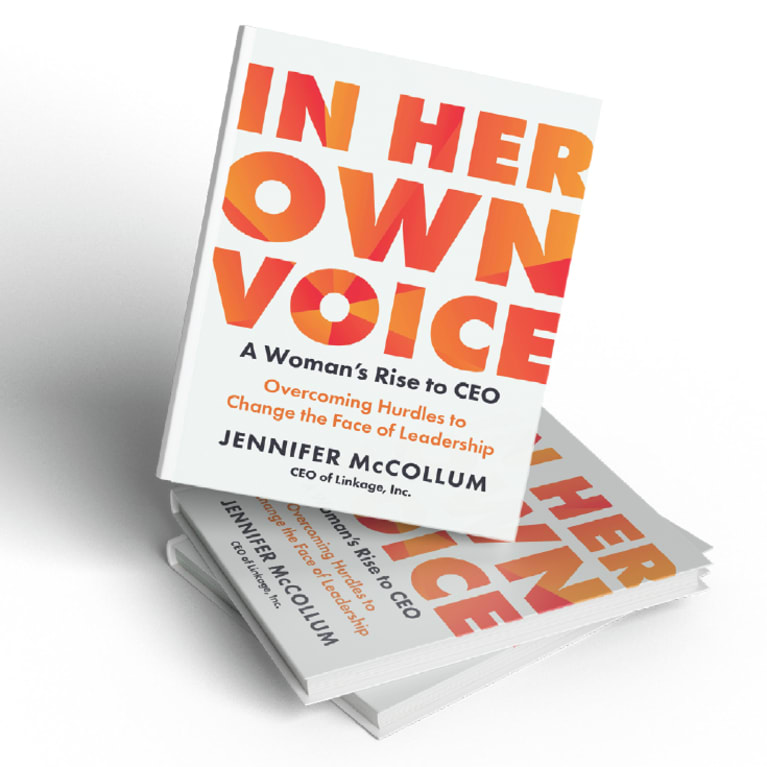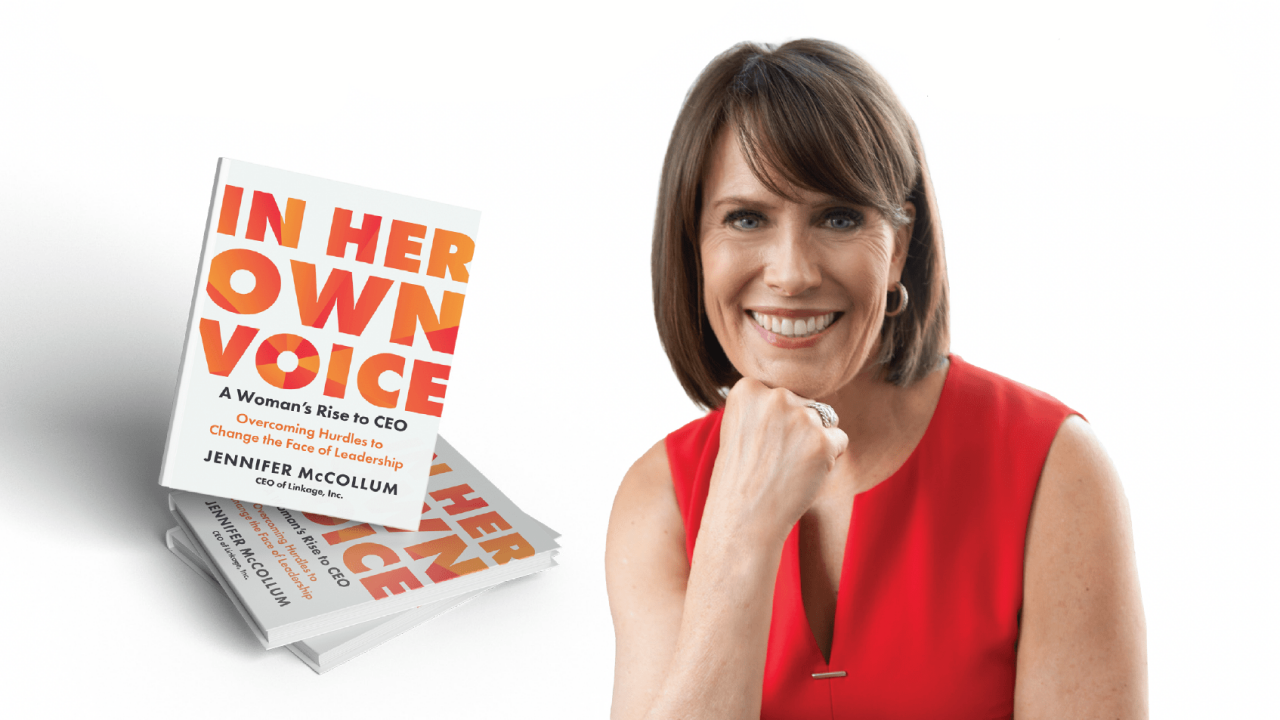When I started my role as Linkage CEO, I spent several months engaging our board of directors, executive team, clients, partners and vendors. Slowly, I developed an expanded set of trusted advisors, whom I informally call my "CEO Success Circle." They play specific roles in my circle of trust because I know I can't do it alone.
Some members of the success circle are fellow CEOs who can commiserate with me about the challenges (and sometimes loneliness) of the role. Others are thought partners who can guide me in specific areas I've not led before. Others are coaches who can hold a mirror up to my own leadership behavior and gently steer me.
I have learned that actively managing this group of partners is a significant investment of time and energy, but it is a critical part of my job, and it is exceptionally rewarding work.
The latest inductee to my CEO Success Circle is Alan Mulally, the former CEO of the Ford Motor Company and Boeing Commercial Airplanes. He has changed my life and my career thanks to an impulsive ask I made when I first met him in 2020 after an early-morning workout in a San Diego hotel gym.
In January of that year, just weeks before COVID-19 shut down the entire world, I had the incredible privilege to be at the annual gathering of the Marshall Goldsmith 100 Coaches, a group of some of the world's most influential management thinkers, iconic leaders, academics, coaches and advisors. I had been nominated to the organization a few months before, and I sat at a table right up front to immerse myself in the interactive workshop that Marshall led with Alan. It was designed to teach us how Alan had led and transformed two American icons—Ford and Boeing—through two of the biggest crises in US history: 9/11 and the Great Recession of 2008–09.
As I heard Alan speak about his life as a CEO, I couldn't stop thinking about how what he had done could apply to my own leadership, executive team and organization. I wanted to learn more. The next morning, jetlagged and on East Coast time, I woke up at 5 a.m. and hit the gym treadmill with my iPad in hand, reading article after article about Alan and his "Working Together Leadership and Management System and Culture of Love by Design."
I was fascinated by the weekly structure Alan had put in place called the Business Plan Review (BPR) to ensure everyone was focused and aligned on the company's goals and aware of how the team was progressing. Every business metric would be coded red, yellow or green, which allowed everyone to quickly determine what areas needed to be swarmed with special attention.
Immediately, I knew I wanted to borrow this system but didn't know how to take the next step without Alan's guidance. I finished my workout and, still sweaty in my gym clothes, I dropped by the hotel executive club restaurant on the upper floor of the Hyatt Regency to grab some fruit and coffee. And there Alan was, waiting by the toaster. By himself.
I watched him for a minute, summoning up the courage and the words to address him. I knew I only had one chance to make the ask, and I took it.
"Excuse me, Alan. I was in the front row all day yesterday. I'm the CEO of Linkage, a private equity–backed leadership development firm, and I've been struggling to get our team aligned on our vision and our plan to execute it. I know your 'Working Together' system with its BPR process would help our company, but I don't know how to take the next steps. Would you help me?"
That single conversation led to Alan taking me on as a protégé and began a meaningful relationship with one of the greatest leaders of this century. During the initial panic of 2020, he counseled me on how to use "Working Together" to unite our workforce quickly and focus on the most critical action items. It was the hardest year of my entire career, and we had to make devastating decisions that impacted our staff, clients, vendors and partners. But the executive team was transparent, honest and fair, and even though our company was in a free fall like so many others that year, I believe Alan and his "Working Together" strategy helped Linkage recover and prosper. In many ways, we emerged even stronger, accelerating our innovation and transformation strategy during those pandemic years.
Alan was there alongside me whenever I asked for his help. He believed in our mission and was invested in me and the success of Linkage. He led a free webinar with me for thousands of leaders globally who were struggling to navigate the crisis. He accepted our Linkage Legend in Leadership Award and recorded an inspiring fireside chat with me that aired for the nearly 1,400 women at our first-ever virtual Women in Leadership Institute ™ in 2020. And in 2022, Alan joined me virtually at our first staff retreat in 28 months, helping our entire organization develop a greater understanding and appreciation for the Linkage "Working Together" practices he helped us instill.
When you establish a connection with someone, it's important to maintain that relationship and not let it drift away. There is a good balance to strike between keeping in touch and becoming overwhelming, and I try to always offer something in my outreach.
More excerpts from In Her Own Voice:
External Bias and Its Impact on the Advancement of Women
The Double Bind for Women--Being a Razor Blade and a Cupcake
Jennifer McCollum is the chief executive officer of Linkage, a SHRM company. This article is excerpted from In Her Own Voice, © 2023 by Jennifer McCollum. Reprinted with permission from Matt Holt Books, an imprint of BenBella Books, Inc. All rights reserved.
Advertisement
An organization run by AI is not a futuristic concept. Such technology is already a part of many workplaces and will continue to shape the labor market and HR. Here's how employers and employees can successfully manage generative AI and other AI-powered systems.
Advertisement



